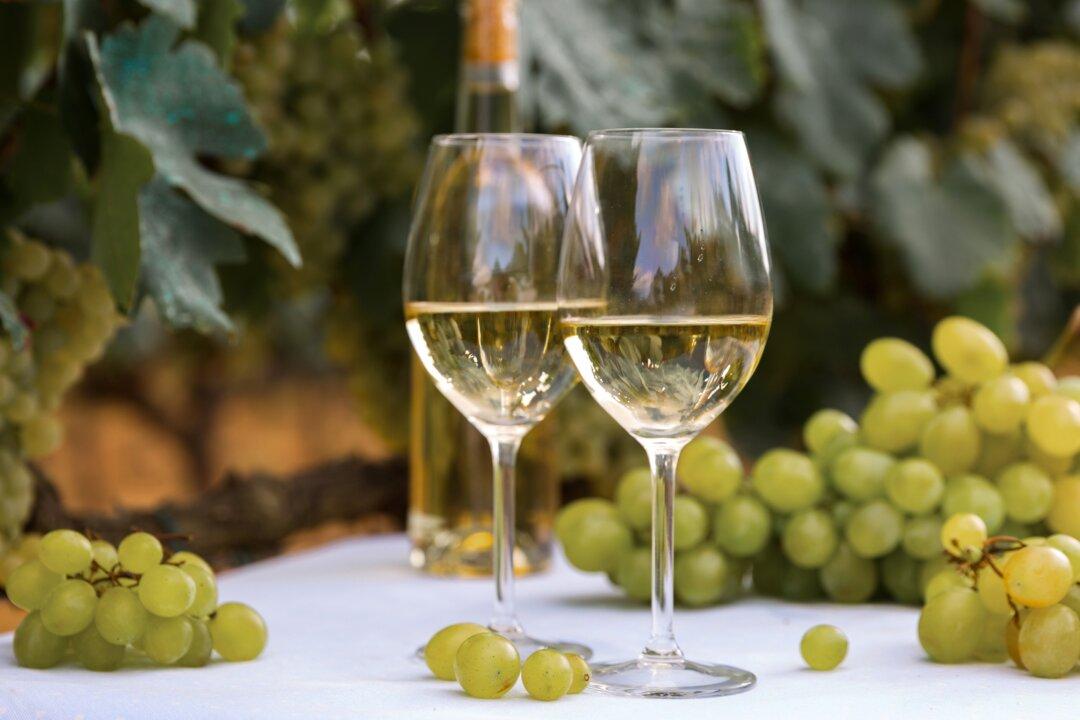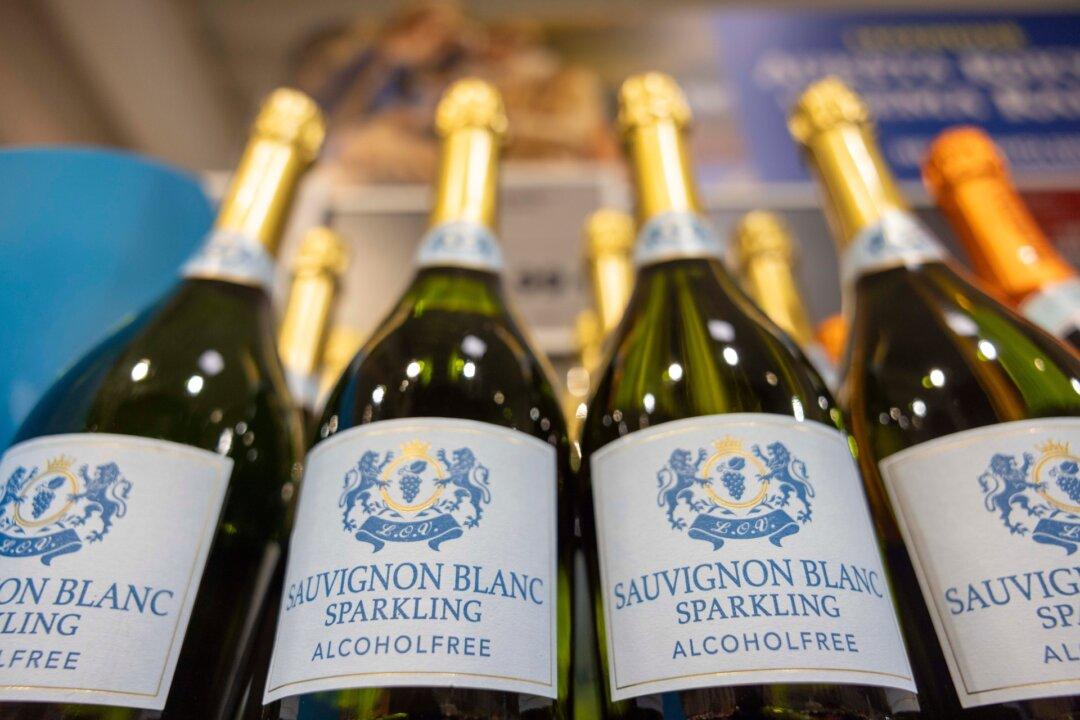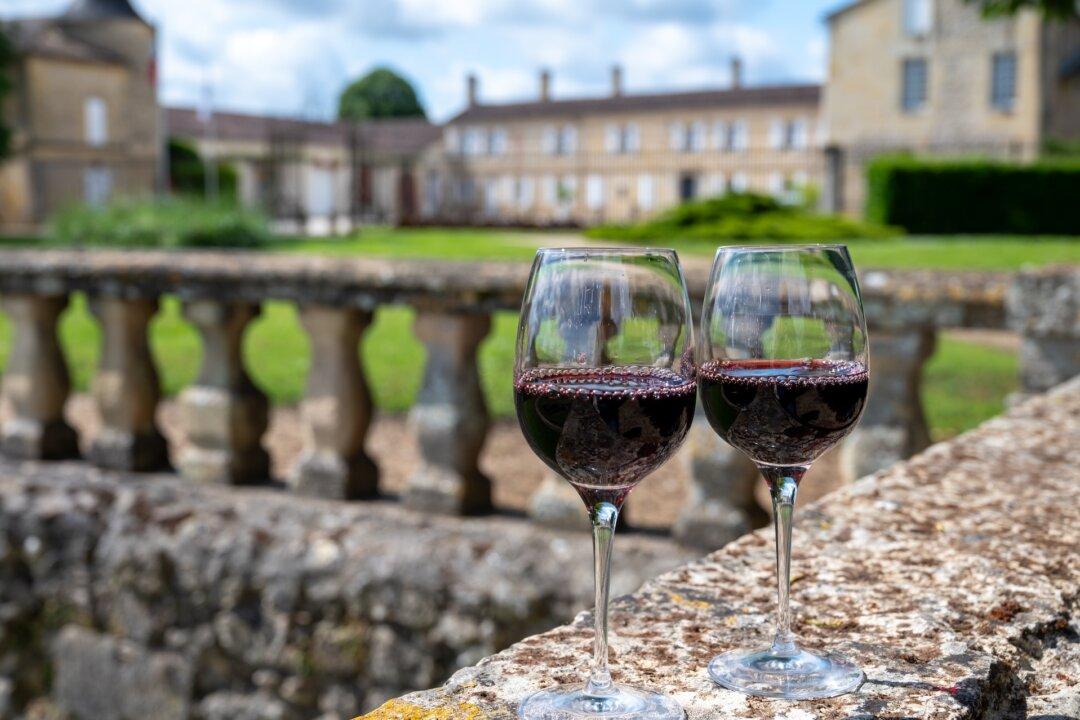More places around the world make wine today than ever before, and part of the reason is that global climate change has moderated the temperatures in places that once were so cold in winter that they often led to vines freezing and dying.
Because temperatures have risen, winter doesn’t automatically spell doom for the more traditional grapevines, which has led to far more places focusing on making dry wine that’s more traditional than it once was.





